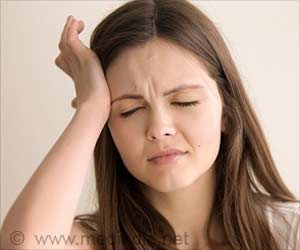Texas University researchers have identified a few molecules that impact the circadian rhythm. The discovery could mean a breakthrough in treating a variety of diseases associated with aging.

In their quest for small molecules that perturb or enhance circadian rhythms, Zeng Chen and others conducted a high-throughput screening of approximately 200,000 synthetic compounds.
High-throughput screening is a method for scientific experimentation especially used in drug discovery and relevant to the fields of biology and chemistry. Using robotics, data processing and control software, liquid handling devices, and sensitive detectors, the technique allows a researcher to quickly conduct millions of chemical, genetic or pharmacological tests.
Through this process one can rapidly identify active compounds, antibodies or genes which modulate a particular biomolecular pathway. The results of these experiments provide starting points for drug design and for understanding the interaction or role of a particular biochemical process in biology.
Many circadian rhythms are controlled by the central clock of the suprachiasmatic nucleus of the hypothalamus, as well as clocks located in other brain regions and most peripheral tissues.
These central and peripheral clocks are based on clock genes and their protein products. In recent years, the expression of clock genes has started to be investigated in human samples, primarily white blood cells, but also skin, oral mucosa, colon cells, adipose tissue as well as post-mortem brain tissue. The expression of clock genes in those peripheral tissues offers a way to monitor human peripheral clocks and to compare their function and regulation with those of the central clock, which is followed by markers such as melatonin, cortisol and core body temperature.
Advertisement
Such a line of research will be helpful for learning more about the human circadian system and to find ways to alleviate health problems of shift workers, and other populations experiencing altered circadian rhythms.
Advertisement
Taken together, these studies highlight diverse activities of drug-like small molecules in manipulating the central and peripheral clocks, Zeng Chen and others say in their paper published in the Proceedings of the National Academy of Sciences (PNAS).
The molecules display diverse clock-modulatory activities, potentially functioning as versatile probes of circadian biology.
The researchers hope that the small molecules they have discovered “constitute a toolbox for probing clock regulatory mechanisms and may provide putative lead compounds for treatment of clock-associated diseases.”
Source-Medindia









